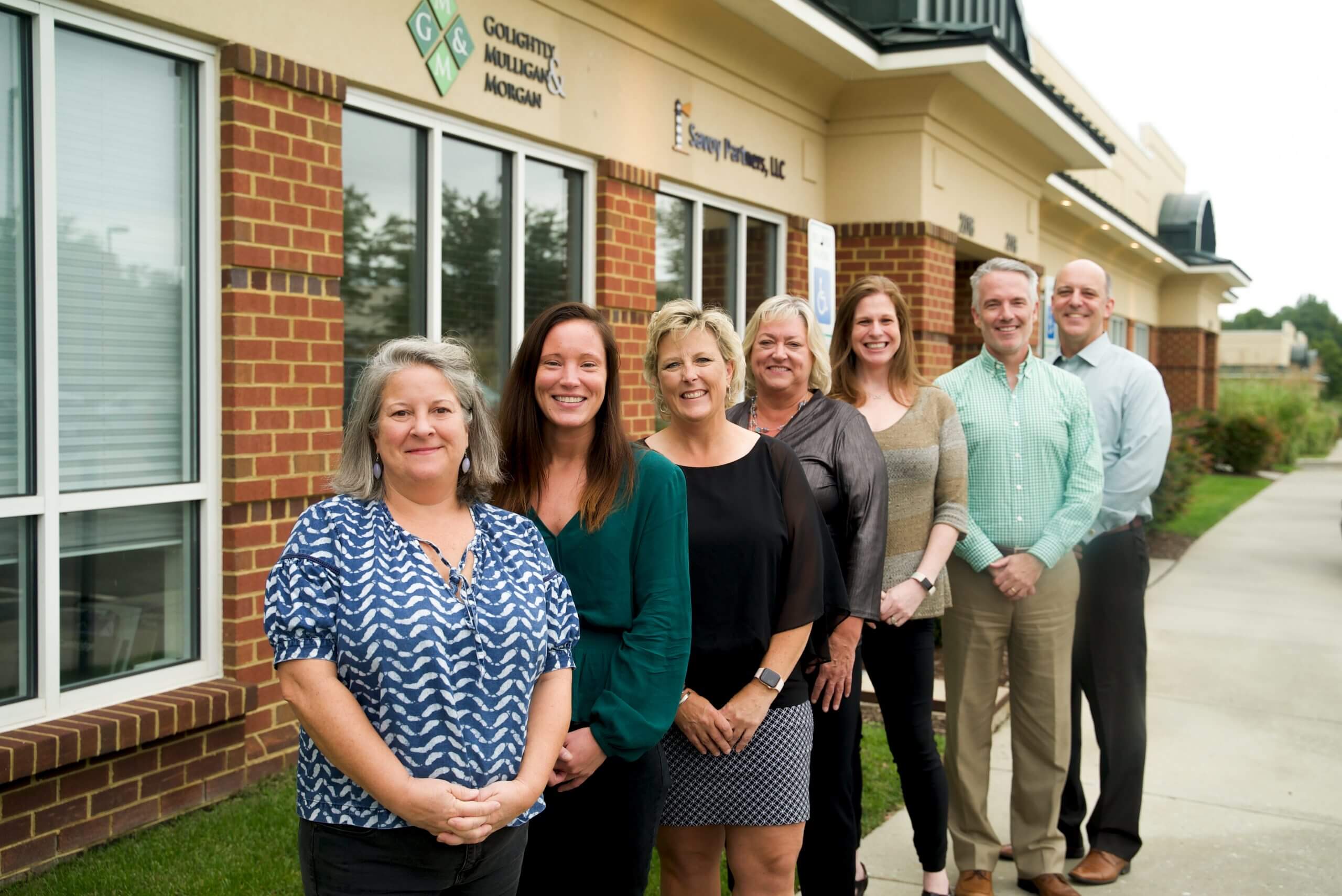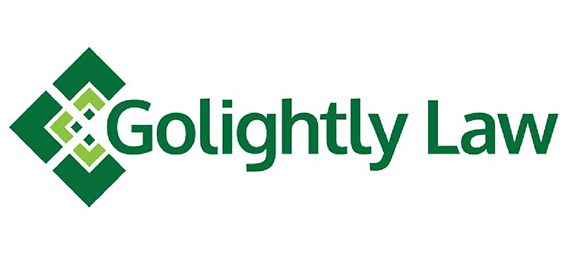Take The Guessing Out of Trust & Planning
Your Local Estate Planning Experts—Golightly Law.
While death is inevitable, the emotional and financial stress one leaves behind when they pass away doesn’t have to be. A well-drafted estate plan provides for the clear and orderly transfer of a person’s assets at the time of their death.
More than 60% of people haven’t taken the time to create an estate plan or living trust.
One Team for All Your Estate Planning Needs.
Let’s Get Started
Our Values
Have More Questions On Estate Planning? Check Out the Videos Below
How It Works
1. Initial Phone Call
During the initial 20 minute phone call, you’ll discuss your family, occupation, nature of assets, and any questions or concerns you might have. During this call, we can recommend an appropriate estate plan and provide a fixed fee.
2. Follow-up Email
After the call, you’ll receive an email summarizing our discussion. This includes items like our preliminary plan recommendation, our fixed fee, and a request to schedule our design meeting.
3. Design Meeting
This meeting can be held in person or via Zoom, and typically lasts about an hour. You’ll meet with Scott Golightly and associate attorney, Kellie Truslow, who will help you design your complete estate plan.
4. Draft & Revisions
Within a week, you’ll receive the drafts of all the documents we discussed. Any questions or revisions you have at this time will be addressed until everything has your approval.
5. Final Steps
Upon approval of your plan, you’ll come into our office for the document signing. We supply the witnesses and notary to officially execute the documents. During this meeting, we’ll cover ‘what’s next’ to ensure all parts of the plan are complete.
Get Started Today!
FAQ
Are there any downsides to a revocable living trust?
The only downside is the upfront cost. A revocable living trust estate plan costs more than a last will and testament estate plan, but the cost of probate and application of the probate tax is entirely avoided when you pass away
What should I expect when working with your firm?
Quick responses from qualified, compassionate professionals that leave you feeling confident and comfortable in whatever the future holds.
How do I get help administrating an estate?
You should retain an attorney who works regularly in estate administration. Word-of-mouth referrals are best, so ask your friends and contacts if they have a probate attorney they have used. A simple google search for “estate planning attorney” or “probate attorney” might also yield results. Alternatively, try searching online for “estate planning council” combined with the area where you need to administer the estate. (For example, the following areas/cities have their own councils: Hampton Roads, Richmond, Northern Virginia). In Virginia, many probate attorneys are members of estate planning councils, and the council directories are often published online.

Why it’s important
Estate planning is considered one of the most important things an adult can do when planning for the future. While death is inevitable, the emotional and financial stress one leaves behind when they pass away doesn’t have to be. A well-drafted estate plan provides for the clear and orderly transfer of a person’s assets at the time of their death. That’s where revocable living trusts come in.
A “living” trust is simply a trust you create while you’re alive. The beneficiaries you name in your living trust receive the trust property when you die. You could instead use a will, but wills must go through probate — the court process that oversees the transfer of your property to your beneficiaries.
Many people create a revocable living trust as part of their estate plan. You can modify or revoke (cancel) this type of trust at any time. Typically, you’ll name yourself as the “trustee” of your trust. This means that while you’re alive, you retain control of the trust and its property. In your trust document, you’ll also name a “successor trustee” to take over and manage the trust after you die; this person will distribute the property in the trust to your beneficiaries. (If you create a shared living trust, as is often done by married couples, then your successor trustee would assume control after both spouses have died.)
